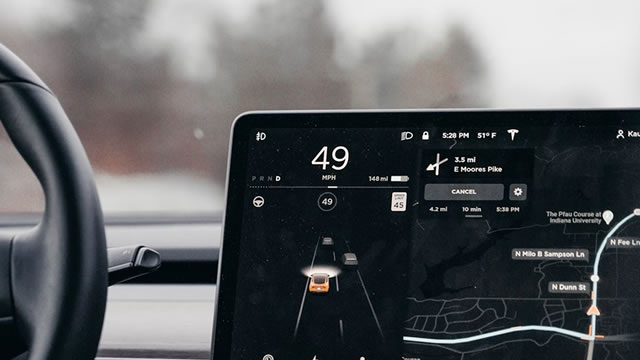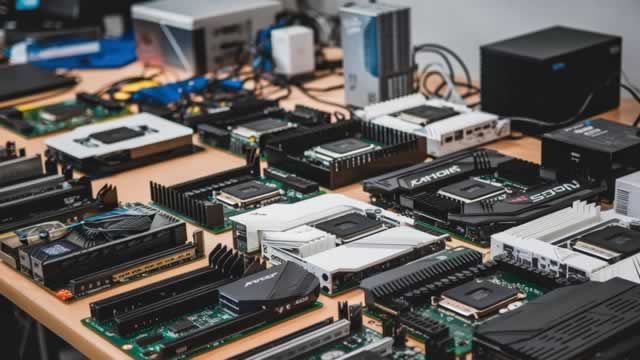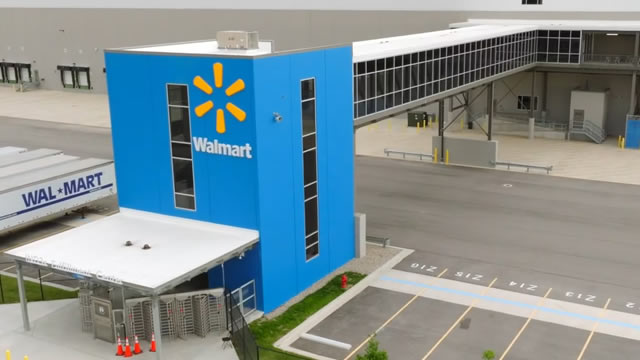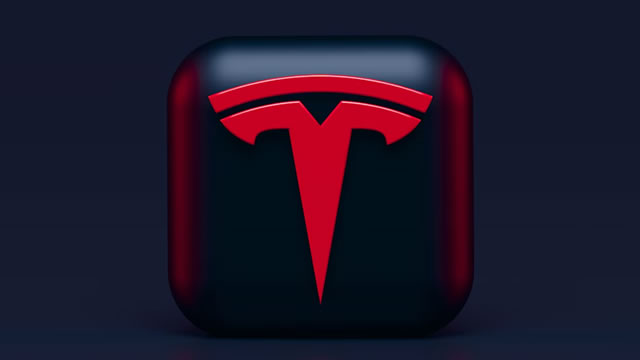The Nuclear Energy Renaissance: Powering a Smarter, More Sustainable Future
As we continue to embrace the digital age and reap the benefits of artificial intelligence (AI) and machine learning, the demand for data processing power is growing at an unprecedented rate. This insatiable hunger for energy is driving data centers to consume an estimated 10% of the world’s electricity by 2030, according to the International Energy Agency.
Nuclear Energy: A Historical Perspective
Nuclear energy, once a controversial and polarizing topic, has been gaining renewed attention due to its potential to provide large-scale, reliable, and low-carbon energy. The first nuclear power plant was commissioned in Obninsk, Russia, in 1954, marking the dawn of a new era in energy production. However, the infamous Three Mile Island accident in 1979 and the Chernobyl disaster in 1986 cast a long shadow over the industry, leading to a decline in public support and a shift towards renewable energy sources.
Nuclear Energy’s Comeback: A Global Phenomenon
Fast forward to the present day, and the narrative has changed dramatically. Nuclear energy is once again gaining favor, with countries like China, France, and Russia leading the charge. According to the World Nuclear Association, there are currently 448 operational nuclear power reactors worldwide, and another 52 are under construction. This trend is expected to continue, with over 100 new reactors projected to be built by 2030.
The Impact on You: A Brighter, More Connected Future
So, what does this mean for you? As a consumer, you might not notice any immediate changes. However, the increased availability and affordability of electricity generated from nuclear power could lead to several benefits:
- Improved Internet Connectivity: Reliable and stable electricity supply is crucial for maintaining high-speed internet connections, which are essential for remote work, online education, and streaming services.
- Reduced Energy Bills: Nuclear power is a low-carbon, reliable, and cost-effective energy source. As more nuclear power plants come online, electricity prices could decrease, leading to savings for consumers.
- Increased Productivity: A stable electricity supply can lead to increased productivity in various industries, from manufacturing to agriculture.
The Impact on the World: A Sustainable Energy Future
On a larger scale, the nuclear energy renaissance could have a profound impact on the world:
- Reduced Greenhouse Gas Emissions: Nuclear power is a low-carbon energy source, producing no greenhouse gas emissions during operation. As the world grapples with the challenges of climate change, nuclear power could play a crucial role in reducing global emissions.
- Increased Energy Security: Nuclear power plants can generate large amounts of electricity, providing energy security and reducing dependence on imported fossil fuels.
- Improved Health and Safety: Modern nuclear power plants are designed with advanced safety features and have an excellent safety record. In fact, nuclear power is responsible for less than 0.01% of global deaths, according to the World Nuclear Association.
Conclusion: A Bright, Sustainable, and Connected Future
In conclusion, the nuclear energy renaissance is an exciting development that could lead to a brighter, more sustainable, and more connected future. As the demand for data processing power continues to grow, nuclear energy’s ability to provide large-scale, reliable, and low-carbon energy makes it an attractive solution for powering a smarter, more digital world. Whether you’re an individual consumer or a global citizen, the benefits of this energy source are clear.
So, let us embrace this new chapter in the story of nuclear energy with open arms, and look forward to the many wonders and possibilities that lie ahead.





